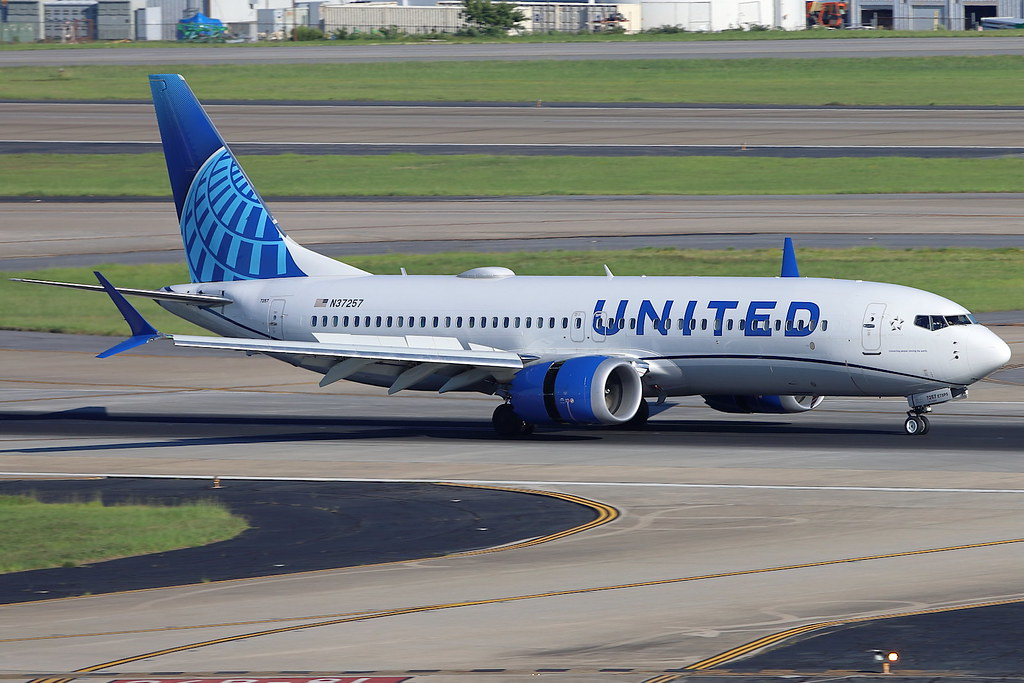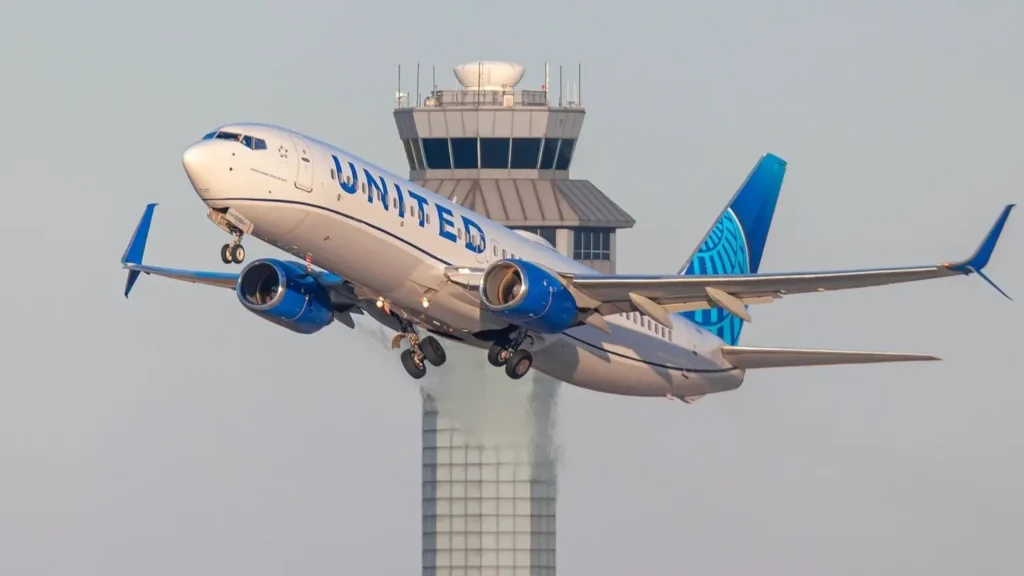
CHICAGO- United Airlines (UA) faces a class action lawsuit in California for selling window seats without actual windows. Customers pay extra for these seats, expecting a view, but encounter a blank wall instead.
This issue stems from aircraft design and seating arrangements that misalign seats with windows. The lawsuit targets California residents who paid seat fees in the past four years for such misleading assignments.
 Photo: Andrew E. Cohen | Flickr
Photo: Andrew E. Cohen | FlickrUnited Airlines Window Seats Lawsuit
United Airlines (UA) markets certain seats as “window seats” during booking, charging additional fees for them. These seats position passengers next to the cabin wall, implying a view outside.
However, some lack windows due to fuselage structure or row spacing changes. Boeing 737 aircraft often feature this problem, particularly seat 11A, which advertises a window but provides none.
According to View From the Wing, airlines like United promote these seats as premium options, leading customers to expect a functional window.
Passengers define window seats by their location: next to the wall with one neighbor, unlike aisle seats with aisle access or middle seats between passengers.
United’s upsell process reinforces the promise of a window. Yet, structural needs prevent windows in certain spots, and densification efforts cram more seats, causing misalignments. This affects multiple airlines, but the lawsuit focuses on United’s practices.
 United Airlines Boeing 737 MAX TAKEOFF from Chicago. Photo: Cado Photo
United Airlines Boeing 737 MAX TAKEOFF from Chicago. Photo: Cado PhotoScope and Eligibility
The lawsuit limits claims to California residents. Eligible plaintiffs paid extra for United window seats without windows in the last four years.
Free assignments for elite members exclude them from the suit. Plaintiffs argue fraud under California’s consumer protection laws, including the Consumers’ Legal Remedies Act and Unfair Competition Law.
These laws define deceptive practices broadly, covering misleading marketing. California’s False Advertising Law supports such claims.
Courts in the state favor consumers and resist class action waivers, per the McGill rule. The suit avoids federal preemption by framing the issue as product misrepresentation, not airline service under the Airline Deregulation Act.
 Photo: Duncan Kirk | https://www.flickr.com/photos/182528221@N07/
Photo: Duncan Kirk | https://www.flickr.com/photos/182528221@N07/Reasons for Windowless Seats
Aircraft design causes windowless window seats. Fuselage elements require solid walls for strength, and altered row spacing shifts seats away from windows.
United could resolve this by noting missing windows on seat maps, similar to Aerolopa’s diagrams for the 737-800.
The lawsuit highlights broader implications, like flight attendants closing shades on long-haul flights, denying window use.
It questions the interference from other passengers. United might monetize disclosures, creating tiers like “Basic Window” without views, “Window Plus” over wings, and “Premium Window” for full vistas, with perks for elites.
 Photo: Greg Gayden | Flickr
Photo: Greg Gayden | FlickrInnovative Revenue Ideas
United could extend unbundling to other features. A “Basic Lavatory” fee for coach passengers accessing first-class restrooms with windows exemplifies this trend.
The suit might prompt clearer disclosures, turning a legal challenge into product differentiation against low-cost carriers.
Stay tuned with us. Further, follow us on social media for the latest updates.
Join us on Telegram Group for the Latest Aviation Updates. Subsequently, follow us on Google News
United Airlines Faces $500K Lawsuit by An Elite Flyer
The post United Airlines Faces California Lawsuit Over Missing Windows in “Window Seats” appeared first on Aviation A2Z.














